
Find Cheap flights to Labuan – Best Airfare Deals
Flight Information to Labuan
Shortest flight duration
2 hr(s), 30 mins

Which Airlines Offer Direct Flights to Labuan?
Best Flight Deals in Philippines
What is the cheapest month to book a flight to Labuan (LBU)
Flight Schedule to Labuan Today
Airline | Departure Time | Arrival Time | Origin Airport | Destination Airport | |
|---|---|---|---|---|---|
 Malaysia Airlines | 08:25 | 11:00 | Kuala Lumpur (KUL) | Labuan (LBU) | Book flight |
 AirAsia Berhad (Malaysia) | 12:35 | 15:05 | Kuala Lumpur (KUL) | Labuan (LBU) | Book flight |
 Malaysia Airlines | 14:45 | 17:15 | Kuala Lumpur (KUL) | Labuan (LBU) | Book flight |
Best time to book a flight to Labuan
Seat Class Comparison: Find Your Perfect Fit
Cheapest Day to Fly to Labuan (LBU)
Here is the average price by Airline to Labuan (LBU)
Find Cheap Flights to Labuan Here
Discovering Labuan: Your Gateway Through Labuan Airport (LBU)
Looking for an island escape that blends duty-free shopping with serene beaches and historical sites? Labuan, a Federal Territory of Malaysia, offers just that. Your journey begins at Labuan Airport (LBU), the primary air hub connecting this island to the rest of the world. Whether you're a business traveler, a history buff, or simply seeking a relaxing getaway, Labuan Airport (LBU) is your entry point to exploring this unique destination.
What Is Labuan Airport (LBU), Labuan?
Labuan Airport (LBU) is a regional airport serving the island of Labuan. It caters to both business and leisure travelers, providing essential air links for the island's economy and tourism. While not a large international hub, Labuan Airport (LBU) plays a vital role in connecting Labuan with other parts of Malaysia and beyond.
Where Is Labuan Airport (LBU), Labuan Located?
The address of Labuan Airport (LBU) is 700, 87015 Labuan, Labuan Federal Territory, Malaysia. The airport is conveniently located a short distance from the main town, making it easily accessible.
Getting to and from Labuan Airport (LBU), Labuan:
a. Public Transportation: Information regarding specific bus routes to and from Labuan Airport (LBU) is best obtained from local transportation authorities.
b. By Car: The airport is accessible via the main roads on Labuan Island. Parking is available at the airport.
c. Ridesharing Services: Online taxi services operate on Labuan, providing a convenient way to reach your destination.
For a seamless trip, visitors can plan their entire journey from flights, hotels, buy Labuan Airport (LBU) , Labuan tickets to local transport like car rentals or airport transfers using Traveloka, Southeast Asia’s leading travel platform.
Popular Transit Routes to Labuan Airport (LBU), Labuan
Travelers flying to Labuan Airport (LBU), Labuan often connect through Dubai International Airport, Singapore Changi Airport, and London Heathrow Airport. You can check Traveloka App to see the available transit routes.
Popular Direct Airlines Flying to Labuan Airport (LBU), Labuan
AirAsia and Malaysia Airlines commonly fly to Labuan Airport (LBU), Labuan. You can check Traveloka App to see the available direct airlines to Labuan Airport (LBU) , Labuan.
Which Airlines Fly to Labuan Airport (LBU), Labuan?
Here are some of the airlines that fly to Labuan Airport (LBU), Labuan:
a. Major Airlines in the Philippines:
- AirAsia
- Malaysia Airlines
b. Regional Airlines:
- Please contact the airport directly to get detail information.
You can check Traveloka App to see the available airlines to Labuan Airport (LBU) , Labuan.
What Is the Best Time to Fly to Labuan Airport (LBU), Labuan?
a. Best Day: Weekdays generally offer fewer crowds compared to weekends.
b. Best Season: The dry season, typically from March to September, is ideal for outdoor activities.
c. Best Time of Day: Flight availability and prices may vary depending on the time of day. We recommend using the Traveloka app to set up a price alert and get notified when the cheapest price for your particular destination is cheaper than usual.
Top Things to Do After Arriving at Labuan Airport (LBU), Labuan
Labuan offers a variety of attractions for different interests:
a. For Families: Explore the Labuan Marine Museum or relax on one of the island's beautiful beaches.
b. For Outdoor Enthusiasts: Go scuba diving or snorkeling in the clear waters surrounding Labuan.
c. For History & Culture Lovers: Visit the Labuan War Cemetery or learn about the island's history at the Labuan Museum.
Insider Tips for Flying into Labuan Airport (LBU), Labuan
Here are a few tips to enhance your travel experience:
a. Please contact the airport directly to get detail information.
b. Please contact the airport directly to get detail information.
c. Please contact the airport directly to get detail information.
d. Please contact the airport directly to get detail information.
How to Prepare for a Flight to Labuan Airport (LBU), Labuan
a. For Solo Travelers: Research local customs and transportation options in advance.
b. For Couples: Plan romantic activities such as sunset dinners on the beach.
c. For Families with Kids: Pack snacks and entertainment for the flight and consider booking family-friendly accommodations.
How to Prepare for the Weather in Labuan Airport (LBU), Labuan
a. Hot, sunny weather: Pack light, breathable clothing, sunscreen, and a hat.
b. Rainy or wet conditions: Bring an umbrella or raincoat, and be prepared for occasional showers.
Frequently Asked Questions
Popular Airline
For all your unique travel choices, we got you
Popular Routes from Labuan Airport
Popular Routes to Labuan
Popular Airline to Labuan
Popular Destinations
Popular Routes
Popular Airlines
Popular Airline & Destination
Popular Airports
Other Popular Destinations
Top International Destination
Top Flight Routes - Domestic
Top Flight Routes - International
Top Flight Routes - Domestic







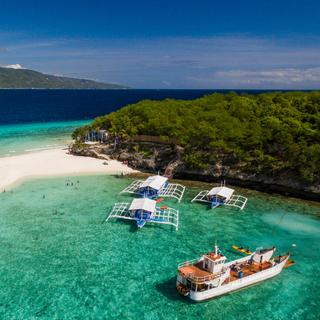


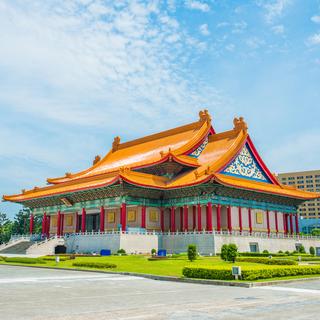
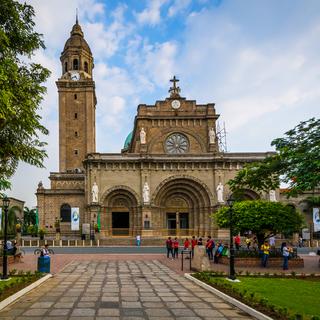


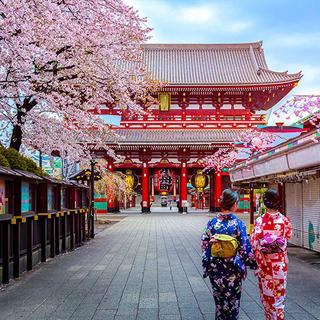
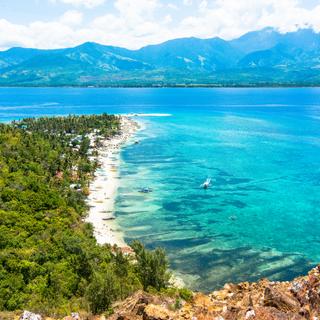

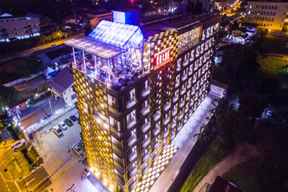


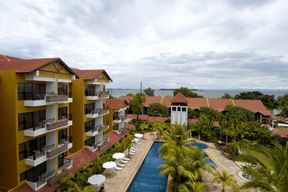
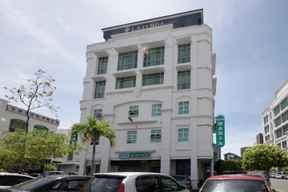
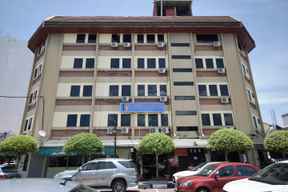





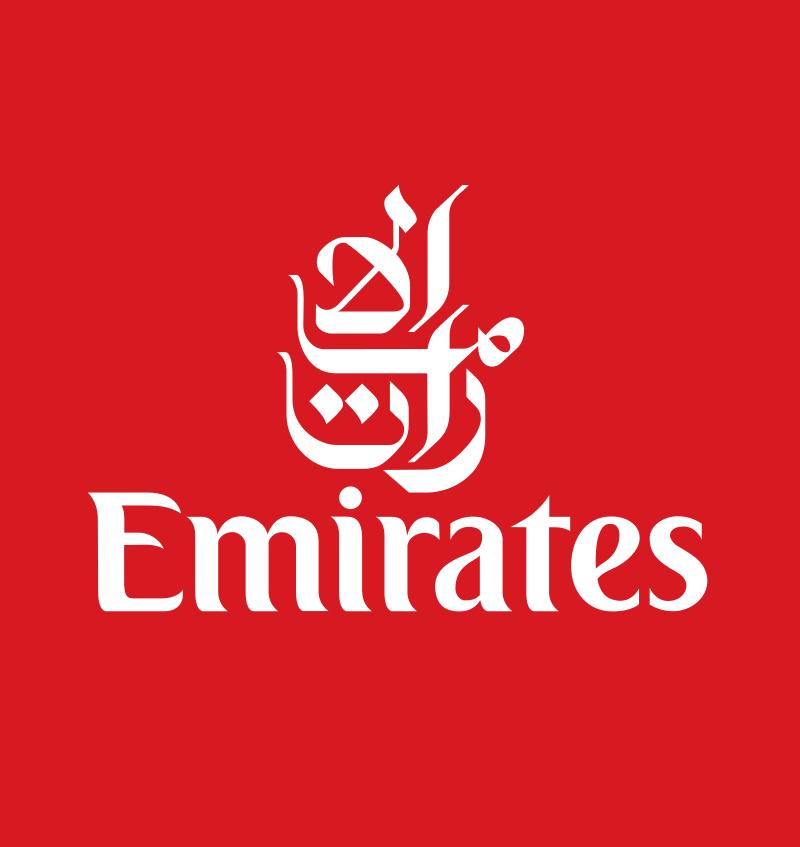












































 Facebook
Facebook Instagram
Instagram TikTok
TikTok Youtube
Youtube